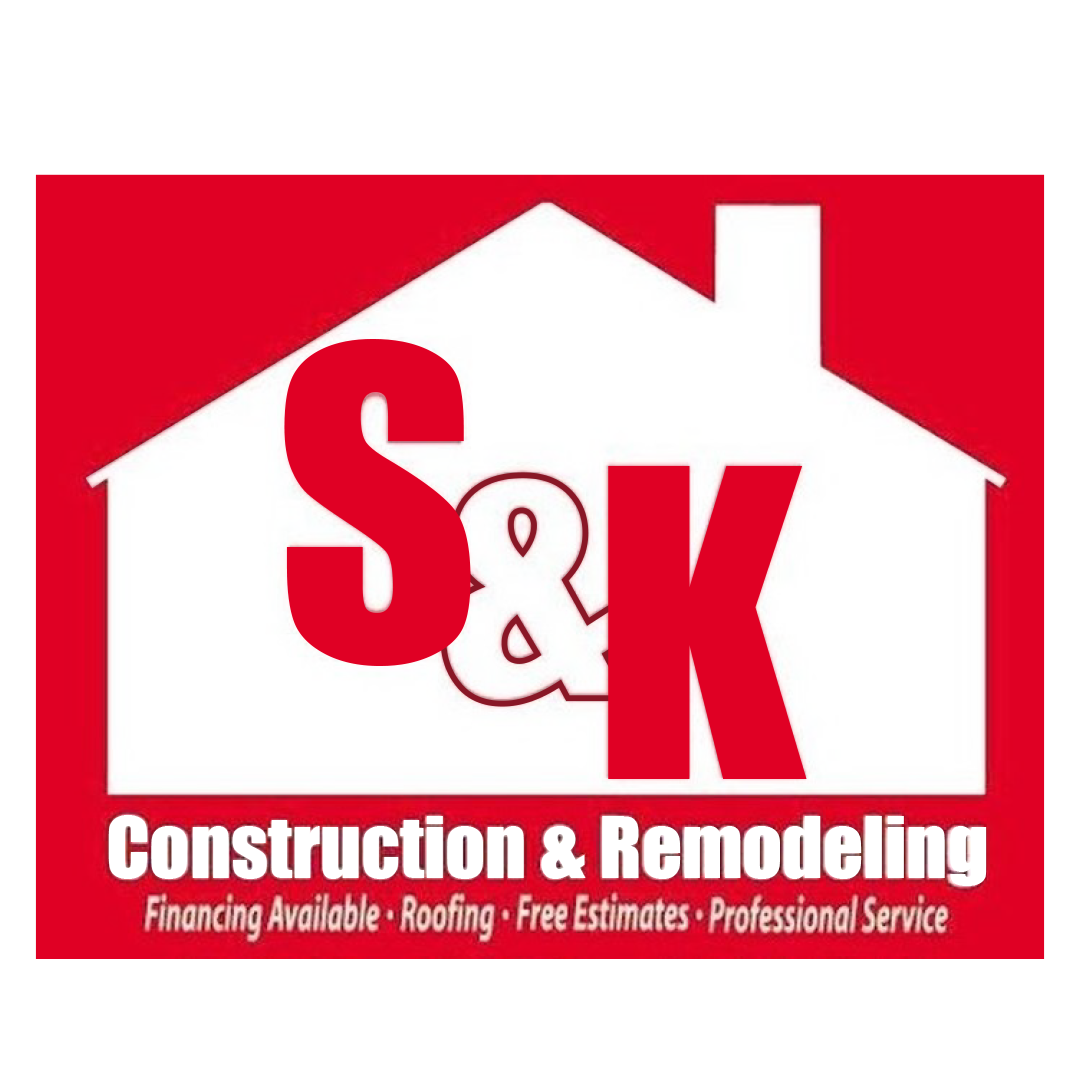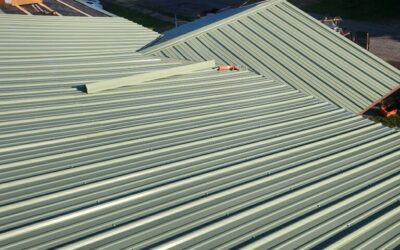Shingles are an essential part of your roof, providing protection against the elements and ensuring the integrity of your home. However, over time, shingles can lift due to a variety of reasons such as wind, aging, or improper installation. Lifting shingles can lead to leaks, water damage, and costly repairs if left unchecked. Fortunately, fixing lifting shingles is a manageable task for homeowners or roofing professionals when approached the right way.
In this comprehensive guide, we’ll explain everything you need to know about fixing lifting shingles on your roof. Whether you’re a DIY enthusiast or someone considering hiring a roofing professional, this step-by-step guide will help you understand how to properly address this issue.
Table of Contents
- Why Shingles Lift
- Tools and Materials Needed for Repairing Lifting Shingles
- How to Spot Lifting Shingles
- Step-by-Step Guide to Fixing Lifting Shingles
- 4.1 Inspect the Roof
- 4.2 Remove Damaged Shingles
- 4.3 Prepare the Area for New Shingles
- 4.4 Install New Shingles
- 4.5 Seal the Shingles
- Common Mistakes to Avoid
- Safety Considerations
- Maintenance Tips to Prevent Shingles from Lifting
- When to Call a Professional Roofing Contractor
- The Benefits of Fixing Lifting Shingles Quickly
- Financing Options for Roof Repairs
- Conclusion
1. Why Shingles Lift
Shingles can lift for several reasons, but the most common causes include:
Wind Damage
Strong winds, especially during storms, can lift the edges of shingles, causing them to become detached from the roof surface. High wind speeds can also force debris under the shingles, further exacerbating the problem.
Aging and Wear
Over time, shingles can become brittle and lose their flexibility. As shingles age, they are more likely to curl, crack, or lift, especially if they are exposed to extreme weather conditions like intense sun, hail, or heavy rain.
Improper Installation
If shingles were installed incorrectly, they may not have been properly nailed or sealed, which can lead to lifting over time. Incorrect installation can cause shingles to buckle or peel away from the roof.
Poor Ventilation
Inadequate ventilation in your attic or roof space can lead to heat buildup, which may cause the shingles to curl or lift. This is especially common in homes with poor airflow that trap warm, moist air.
Ice Dams
In colder climates, ice dams can form along the eaves of the roof. These dams prevent proper drainage, leading to water backing up under the shingles, causing them to lift or get damaged.
Understanding the reason behind your lifting shingles is important because it helps determine whether you need a simple repair or a more extensive roof restoration.
2. Tools and Materials Needed for Repairing Lifting Shingles
Before you begin fixing lifting shingles, gather all the necessary tools and materials. Here’s a list of items you’ll need:
Tools:
- Ladder (to safely access your roof)
- Hammer or roofing nail gun
- Roofing nails (1 ¼” roofing nails)
- Utility knife
- Pry bar or shingle remover
- Caulking gun (for sealant)
- Level (to ensure shingles are aligned properly)
- Gloves and safety goggles
- Roofing adhesive or roofing cement
- Chalk line (for marking straight lines)
Materials:
- Replacement shingles (matching the existing shingles)
- Roofing sealant
- Flashing (if needed for the area you’re repairing)
- Roof deck repair materials (for damaged underlayment)
Having these tools and materials prepared before starting the repair will save you time and ensure a smoother process.
3. How to Spot Lifting Shingles
It’s important to regularly inspect your roof for any signs of damage, including lifting shingles. Here are the common signs that indicate shingles may be lifting:
Curling or Buckling Edges
One of the most obvious signs of lifting shingles is curling or buckling at the edges. This is often due to weather damage or aging shingles.
Visible Gaps Between Shingles
If you notice visible gaps between shingles or areas where shingles have pulled away from the roof, these are signs that they may have lifted.
Damaged or Cracked Shingles
Shingles that have visible cracks or splits in them are more prone to lifting. These cracks allow water to seep underneath, further loosening the shingles.
Granule Loss
If you notice a significant loss of granules from shingles, it can be a sign that they are starting to degrade and may begin lifting.
Leaks or Water Damage
If water is leaking into your home or attic, it could be a sign that shingles are no longer securely in place. This is often the result of lifting shingles allowing water to penetrate underneath.
Inspect your roof regularly, particularly after storms or strong winds, to catch lifting shingles early and prevent further damage.
4. Step-by-Step Guide to Fixing Lifting Shingles
4.1 Inspect the Roof
Before making any repairs, it’s essential to perform a thorough inspection of your roof. Look for signs of lifting shingles, such as gaps, curling, or cracked shingles. Also, assess the overall condition of the roof, as excessive damage may require a more extensive repair or roof replacement.
Use binoculars from the ground to spot obvious issues, and if it’s safe, use a ladder to get a closer look. If you’re unsure, consider consulting a professional roofer to assess the damage.
4.2 Remove Damaged Shingles
To fix lifting shingles, start by removing the damaged ones. Use a pry bar or shingle remover to carefully lift the edges of the affected shingles and remove them. Be sure to remove any nails that may be holding them in place.
4.3 Prepare the Area for New Shingles
Once the damaged shingles are removed, check the roof deck for any signs of damage. If the underlayment (roof deck) is wet, rotting, or damaged, you’ll need to replace that area before proceeding with new shingles.
Clean the area of any debris or old roofing nails and make sure the surface is smooth. If necessary, apply a new layer of roofing felt or underlayment to the area.
4.4 Install New Shingles
Once the area is prepared, it’s time to install the new shingles. Start by placing the new shingle in the gap left by the removed one, ensuring that it aligns with the existing shingles on both sides.
Use roofing nails to secure the shingle, nailing them just below the adhesive strip. Be careful not to drive the nails too deep, as this can cause the shingles to lift again.
If the shingles you’re installing are not self-sealing, apply roofing cement or adhesive under the shingles to ensure they stay in place.
4.5 Seal the Shingles
After the new shingles are installed, apply a generous amount of roofing sealant or roofing cement to the edges where the shingles meet. This helps to seal the shingles, preventing them from lifting again due to wind or water.
Use a caulking gun to apply the sealant around the edges, paying extra attention to the areas that are most vulnerable, like the corners and seams. Smooth the sealant with a putty knife for a clean finish.
5. Common Mistakes to Avoid
While fixing lifting shingles is a straightforward process, several mistakes can make the job more difficult or less effective. Here are a few common mistakes to avoid:
Not Matching Shingles
If you use shingles that don’t match the existing ones, the repair will stand out. Always use shingles that are the same color, style, and material.
Using the Wrong Nails
Using nails that are too long or too short can cause problems. Always use roofing nails that are the correct size, typically 1 ¼” long.
Overdriving Nails
Overdriving nails can cause shingles to lift prematurely. Ensure that nails are driven flush with the shingle surface, not too deep.
Skipping the Sealant
Failing to apply sealant around the edges of the shingles can leave them vulnerable to wind and water damage, leading to lifting again.
6. Safety Considerations
Roofing repairs can be dangerous, so always prioritize safety:
- Use a sturdy ladder to access the roof and never lean it against the gutters.
- Wear non-slip shoes to avoid accidents.
- Consider using a safety harness, especially if working on a steep or high roof.
If you’re unsure or uncomfortable with roof work, it’s best to call a professional.
7. Maintenance Tips to Prevent Shingles from Lifting
Regular maintenance can prevent shingles from lifting in the first place. Here are some maintenance tips:
- Inspect your roof regularly, particularly after storms.
- Clean gutters regularly to prevent water buildup and ice dams.
- Ensure proper attic ventilation to prevent heat buildup under the shingles.
- Replace damaged shingles immediately to prevent further damage.
8. When to Call a Professional Roofing Contractor
If you’re uncomfortable with the process of fixing lifting shingles or if the damage is extensive, it may be time to call a professional. A roofing contractor can assess the damage and ensure the repair is done correctly.
9. The Benefits of Fixing Lifting Shingles Quickly
Addressing lifting shingles immediately has several benefits:
- Prevents Water Damage: Fixing lifting shingles promptly prevents water from infiltrating your home, reducing the risk of leaks and water damage.
- Maintains Roof Integrity: Fixing the problem early helps maintain the integrity of your roof and prevents more significant issues down the line.
- Saves Money: By addressing the issue early, you can avoid costly repairs and extend the lifespan of your roof.
10. Financing Options for Roof Repairs
If you’re concerned about the cost of roof repairs, consider exploring financing options. Many roofing companies, including S&K Construction and Remodeling LLC, offer financing plans to make roof repairs more affordable.
11. Conclusion
Fixing lifting shingles is an essential part of maintaining your roof. By following the steps outlined in this guide, you can address the issue yourself or know when to call a professional. Regular maintenance and prompt repairs will keep your roof in top condition, protecting your home and your family from the elements. Don’t wait until the problem worsens—take action today to keep your roof secure and your home safe.
If you’re in the area, S&K Construction and Remodeling LLC offers expert roofing services to help with lifting shingles and other roofing issues. Reach out for a consultation today!
 (440) 307-2060
(440) 307-2060

